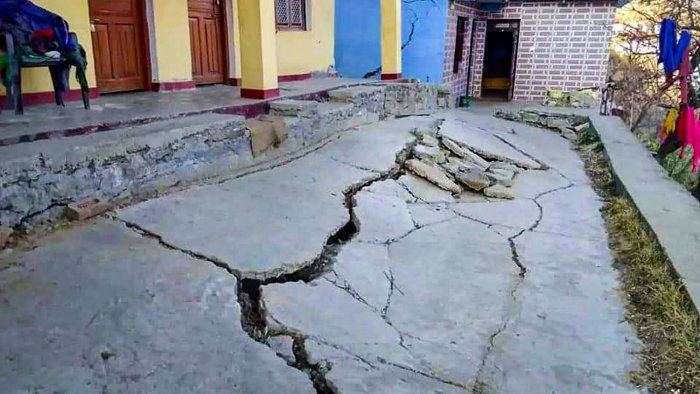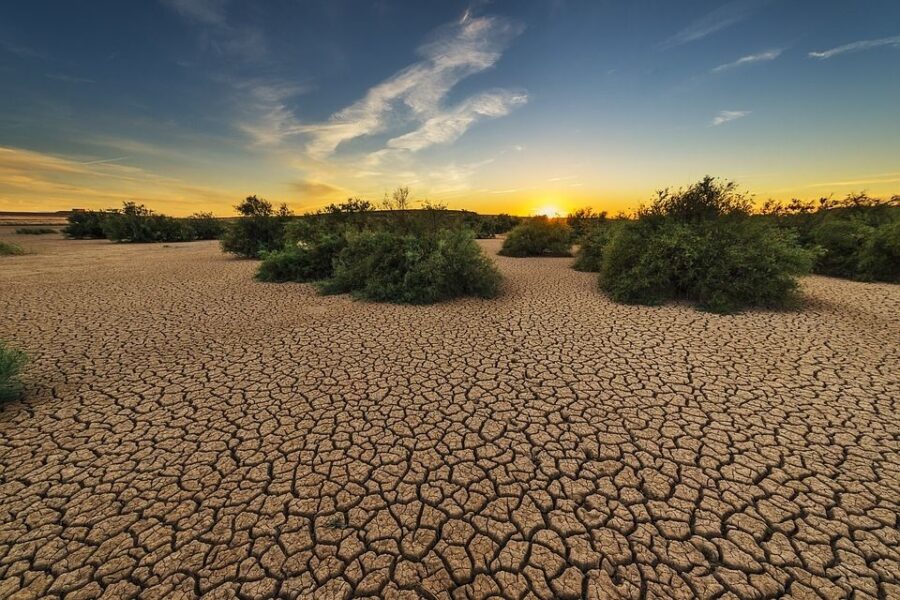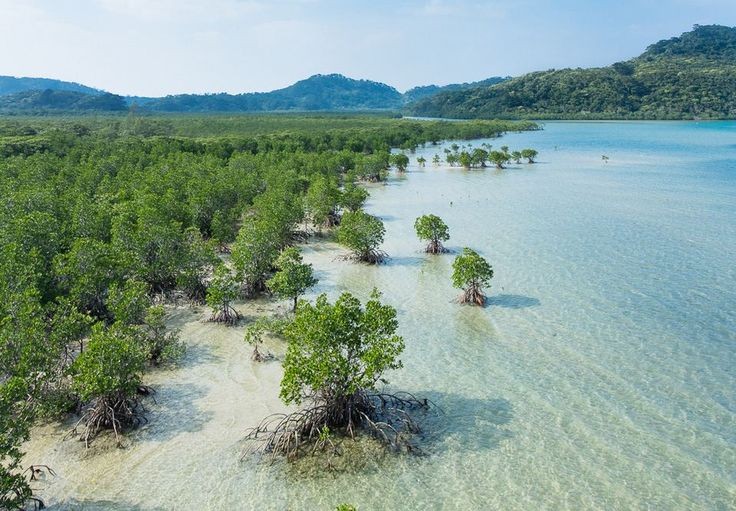

Mangroves are halophytes, which are saltwater tolerating plants. They are known to occur worldwide in tropical and subtropical tidal regions. The regions where mangrove swamps usually grow are estuaries and marine coastlines. Therefore it is adapted to humidity, salty water, and wetness. Did you know that there are at least 50 to up to 110 species of mangrove? Which ranges in height from 2 to 10 meters. In addition, all the species of mangrove feature oblong or oval-shaped leaves and share an affinity for brackish habitats.
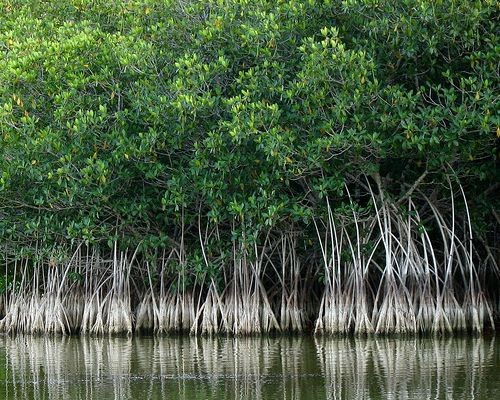

Mangroves act as a natural buffer against storm surges. Its thick and impenetrable roots serve as a habitat for about 1000 species of fish. Mangroves are considered a powerful weapon against climate change due to their ability to store vast amounts of carbon. But unlike any other flora and fauna, even mangroves are under threat.
Mangrove Covers Around the World
Mangrove forests are found on the coastline of around 118 countries. Therefore, the world's total mangrove cover is approximately 150,000 sq. km. India alone has 4,975 sq km of mangrove cover. With West Bengal having 42.45% of India's mangrove cover, followed by Gujarat having 23.66% and A&N Islands containing 12.39%.


"Created by the confluence of the Ganga, the Brahmaputra, and the Meghna, the Sundarbans, in West Bengal is the largest delta in the world spread across the mouth of Bay of Bengal, from India to Bangladesh. On the Indian side are 102 islands, of which 54 are inhabited." The Sundarbans mangrove forest covers an area of about 10,000 km2 (3,900 sq mi), of which forests in Bangladesh's Khulna Division extend over 6,017 km2 (2,323 sq mi), and in West Bengal, they extend over 4,260 km2 (1,640 sq mi) across the South 24 Parganas and North 24 Parganas districts."
How Do Mangroves Protect Soil?
Mangrove plants have aerial roots. Hence, these roots function to retain sediments and stabilize the soil of the region between high and low tide by reducing soil erosion during storms and floods.


Studies have shown that mangroves are proven effective against cyclones. Apart from that, they reduce up to 66% of wave energy within the initial 100m. Due to climate change, Mangroves can even cope with the sea level rise, through vertical growth.
Causes of Mangrove Loss
- Human intervention:- Around 62% of the lost mangrove area was due to human intervention.
- Natural causes:- Natural causes for mangrove loss consists of soil erosion and extreme weather conditions.
Problem in Sundarban
The Sundarban forest region is unfit for massive mindless urbanization. Despite that, Indian Sundarbans is home to 4.5 million people. Traditionally they were heavily dependent on the forests for sustenance and livelihood. The forest is cleared mainly for farming and aquaculture. The area is already sensitive and prone to flooding and cyclones. Upon that concretization and mindless urbanization in the region is intervening with the natural process of the forest.
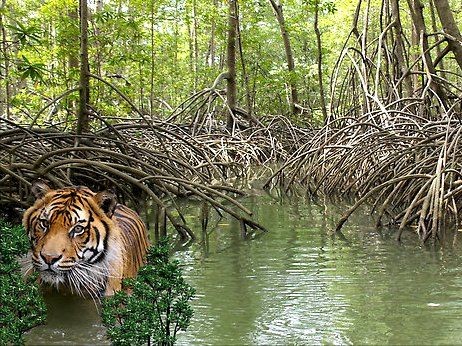

"All mangrove trees share two reproductive adaptations – viviparity and propagule dispersal. Similar to terrestrial plants, mangroves reproduce by flowering with pollination occurring via wind and insects. Once pollination occurs, the seeds remain attached to the parent tree. They germinate into propagules before dropping into the waters below. This ability is referred to as “viviparity”. The propagules either take root in the sediments near the parent tree. Either that or, are dispersed with the tides and currents to other shorelines."
Human settlement in Sundarbans is curbing this process by building roads, houses, etc. An increase in concretization does not allow the seeds to reach the soil and the appropriate conditions that are required for the mangroves to grow.
How to Revive


According to the IUCN report- 9,736 km2 of mangrove have been lost since 1996. 1,389 km2 of mangroves have degraded over the same period. Current data suggest an average loss rate of 0.21% annually from 1996 to 2016. Which is higher than the average for tropical and subtropical forest losses.
Some organizations are working towards the plantation of mangrove saplings. But, if mother nature is allowed to do her work, growing a forest is effortless. If we curb human integration in the mangrove forest, in about 7-8 years we can recover from the loss.
We suggest you also read "Concrete: Development or Deterioration?"



